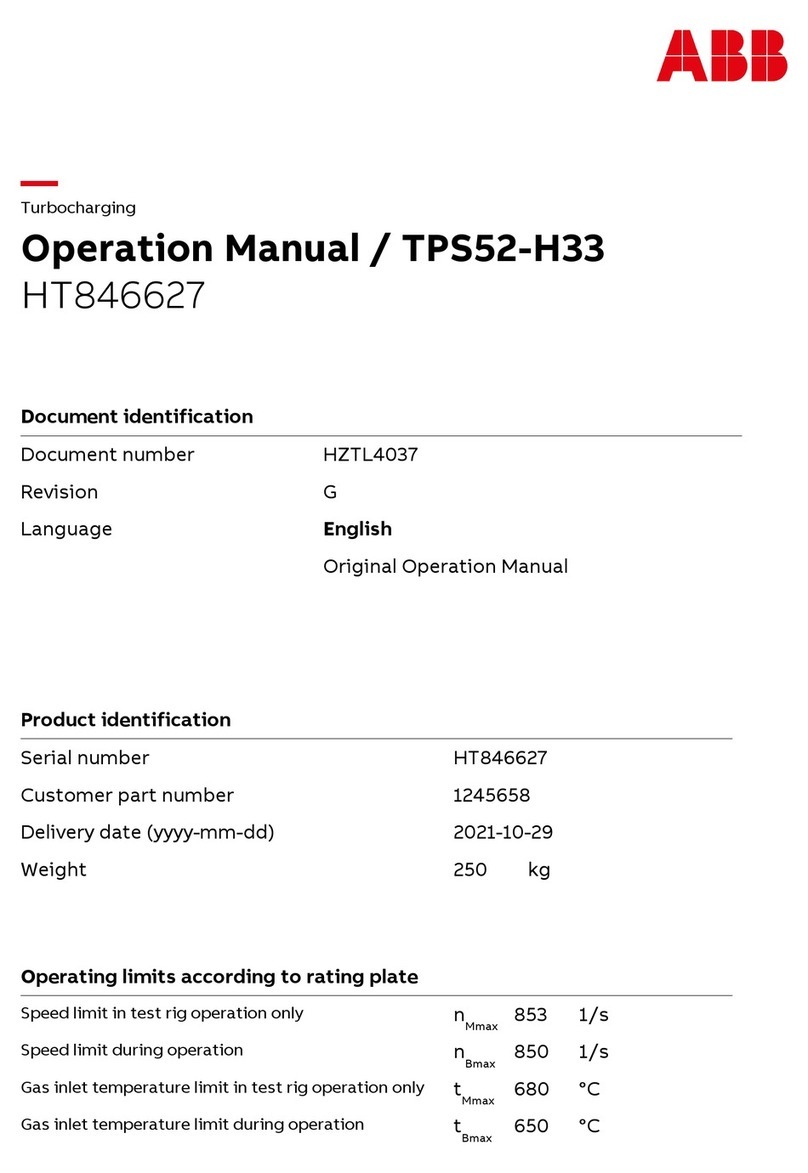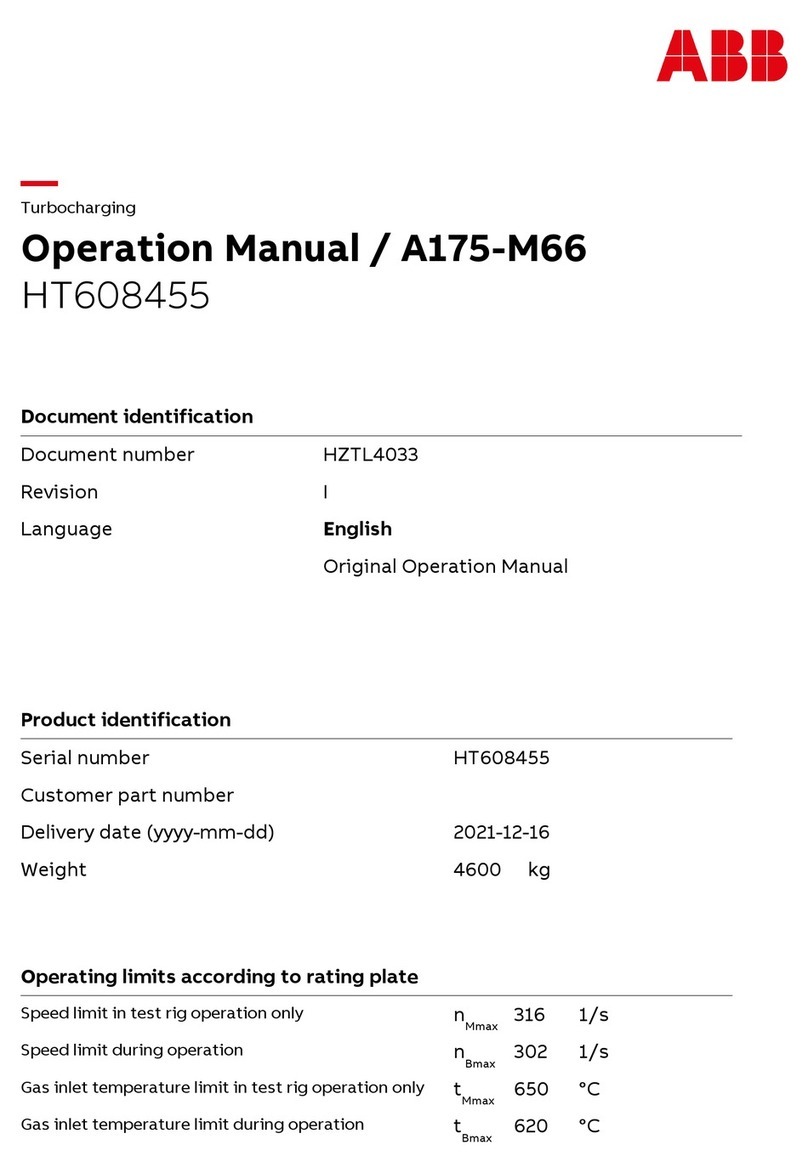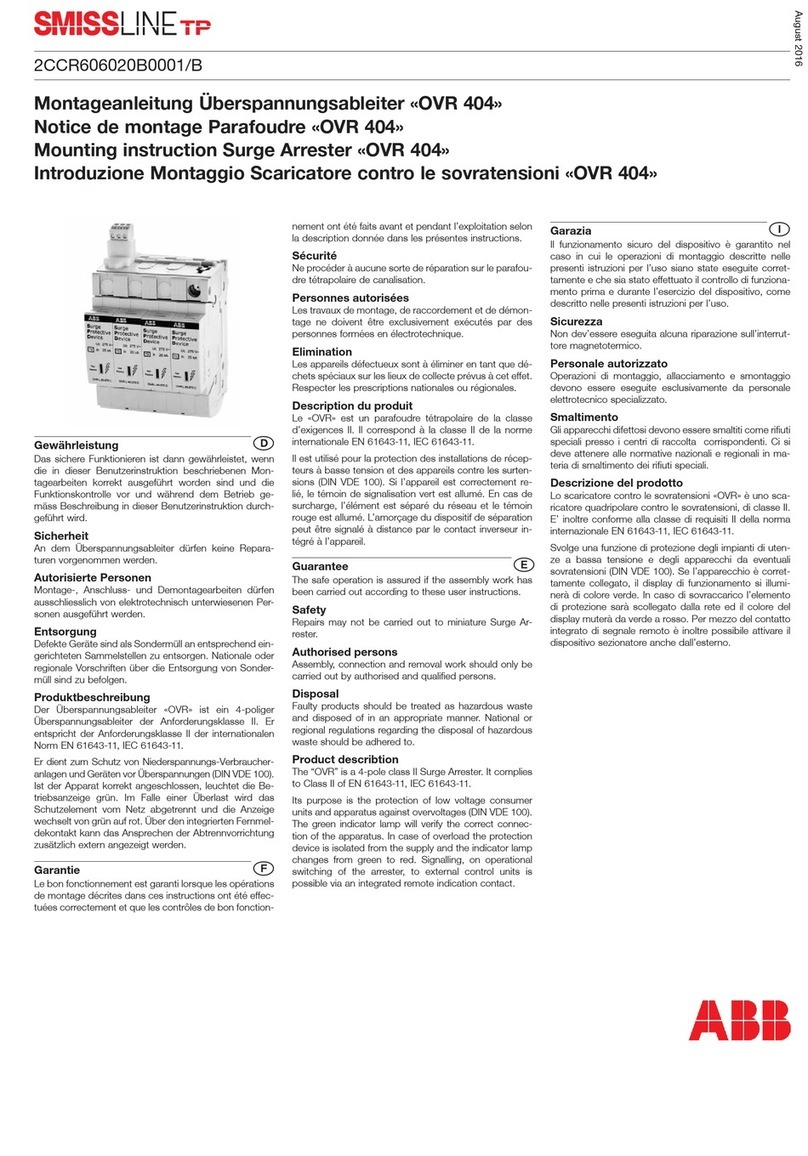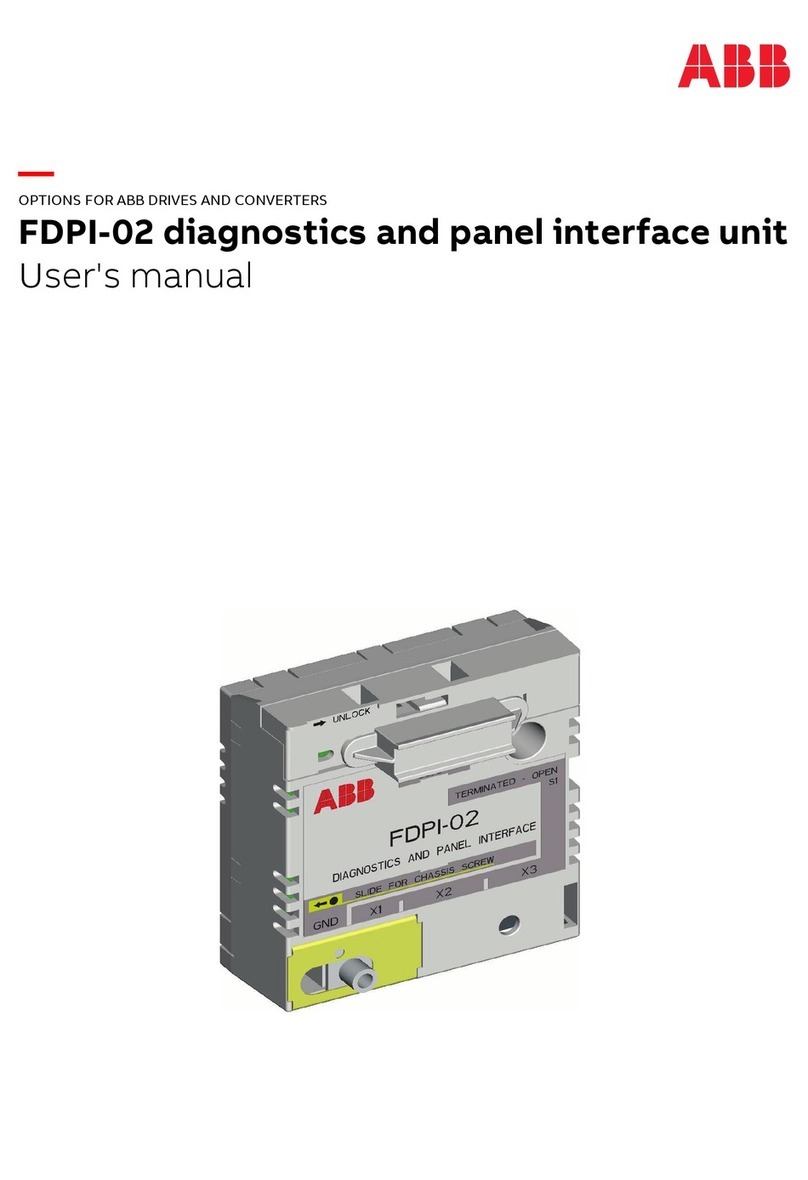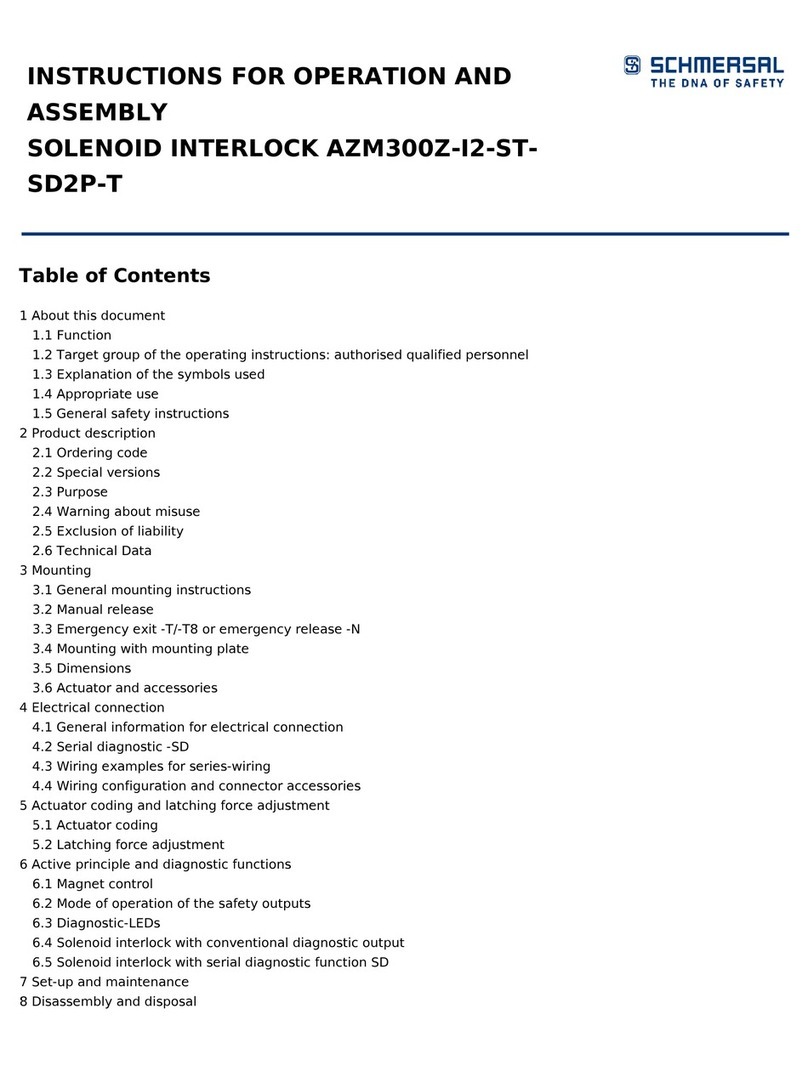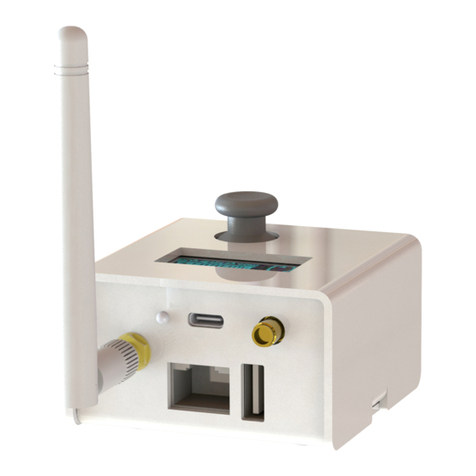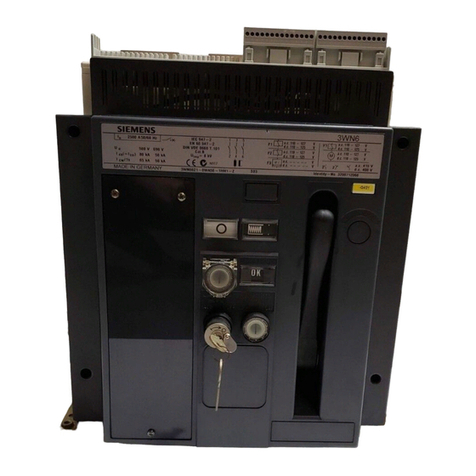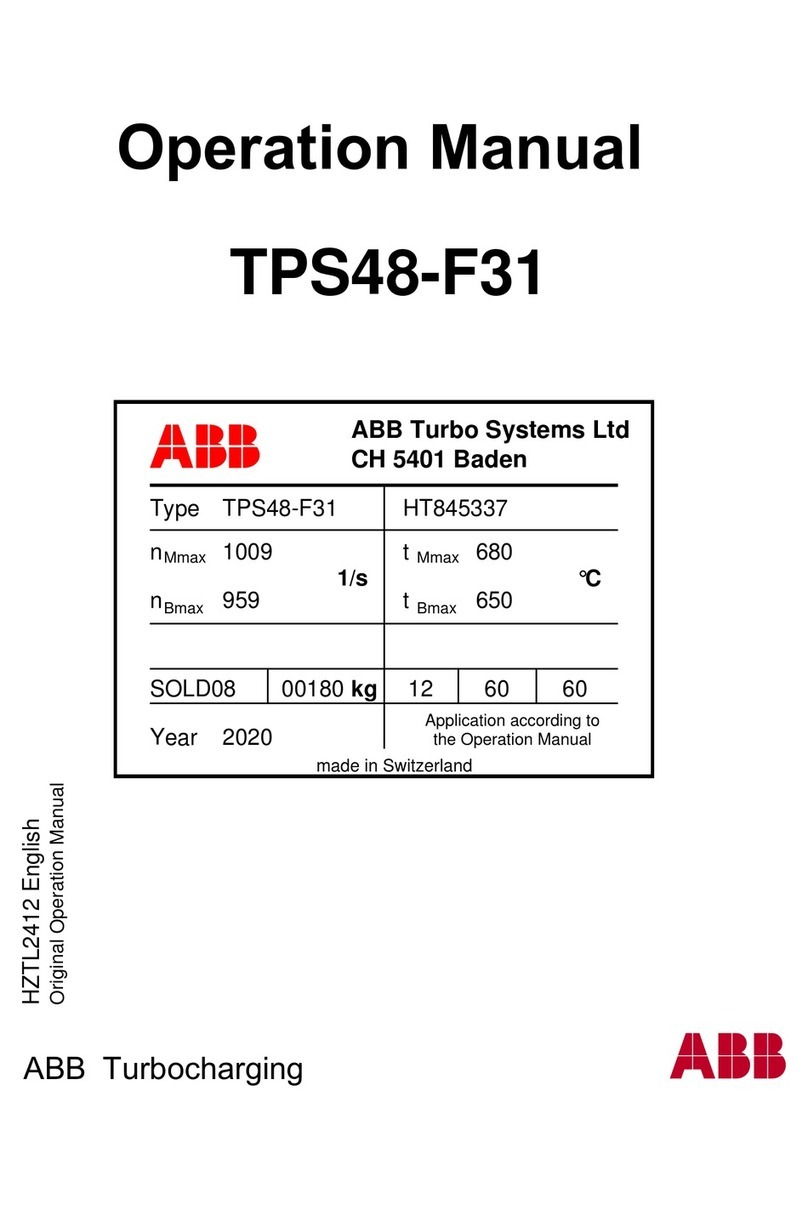SKC 225-69 User manual

Page 1
007-04-001 Issue F September 2018
www.skcltd.com
Cyclone Samplers for Respirable Dust
Operating Instructions
This instruction sheet covers the following sampler models:
• 225-69 Cyclone sampler with re-usable cassette for 25mm diameter filter
• 225-69-37 Cyclone sampler with re-usable cassette for 37mm diameter filter
Introduction
The cyclone sampler is designed for dust (aerosol) sampling to the respirable
convention as defined in standard EN481:1993.
Design flow rate is 3.0 l/min, giving a 50% sampling efficiency (cut point) at 4.0µm
(micron) particle size.
The cyclone sampler has been tested in accordance with EN 13205 by the Health and
Safety Laboratory (HSL) to verify its performance against the respirable convention.
A certificate of conformity detailing the results of this testing is included on page 4 of
this instruction.
The SKC plastic cyclone is manufactured from conductive plastic which dissipates
electrical charges to the surrounding atmosphere and prevents static interference on
the collection of the dust particles.
The filter is held within a re-usable plastic cassette, which is supplied complete with
a metal filter support grid and a sealing clip to prevent contamination of the sample
during transport for laboratory analysis.
For detailed instructions on air sampling in general and use of the cyclone sampler in
particular refer to SKC’s 224-G1 Step by Step Guide to Air Sampling.
It is also recommended to obtain and read the document MDHS 14/4 “General
methods for sampling and gravimetric analysis of respirable, thoracic and inhalable
aerosols”, available from the HSE website www.hse.gov.uk, before carrying out any
sampling using the cyclone sampler.
Preparing the Cyclone Sampler for Use
The following instructions give basic details on how to prepare for sampling by
gravimetric analysis according to MDHS 14/4.
Select two filters from the same box or batch. One filter is used whilst calibrating the
sample flow rate and is then discarded, and the other is pre-weighed to carry out the
actual sample.
It is recommended to wear powder free gloves and to use tweezers when handling
filters in order to prevent contamination prior to taking the sample.
Loading the cassette
Ensure that the cyclone sampler components are cleaned of any contamination, using
a detergent solution. Allow the components to dry fully before use.
Referring to Figure 1 on page 2, place the top part of the cassette (labelled “TOP”)
upside down on a flat surface.

Page 2
007-04-001 Issue F September 2018
Place the metal filter support grid into the
top part of the cassette. Place the filter to
be used for calibration onto the support
grid.
Fit the bottom part of the cassette onto
the top part and press down gently on
the edges of the bottom part to close the
cassette.
Avoid exerting undue pressure on the
filter. The closure is intentionally stiff to
avoid accidental opening, and to ensure
a leak tight fit.
Fitting the cassette into the
cyclone sampler
Referring to Figure 2, ensure that the
large O ring is fitted to the sampler body
beneath the sampler insert and the small
O ring is fitted over the short tube in the
middle of the insert.
Fit the assembled cassette into the
cyclone insert with the cassette top
upwards.
Check that the thin O ring is fitted into the
recess in the underside of the sampler
top. Place the sampler top on the
Retaining
ring
Sampler
top
Air outlet
Oring
Filter
cassette
Oring
Sampler
insert
Oring
Spring
clip
Sampler
body
Airinlet
Grit pot
Figure 2
Cassette bottom
Filter
Filter support grid
Cassette top
Figure 1

Page 3
007-04-001 Issue F September 2018
Figure 3
cassette. Fit the retaining ring over the sampler top and screw down firmly to secure
the cassette within the sampler and seal the cassette inlet and outlet.
Ensure that the grit pot is securely fitted over the ridge around the bottom of the
sampler body.
Flow Calibration
Connect the inlet hosetail of the sample pump to the air outlet of the cyclone sampler
with a length of flexible tubing. Connect the flow calibration device (such as a chek-
mate flowmeter or rotameter) to the air inlet of the cyclone sampler using a second
length of flexible tubing.
Calibrate the sample flow rate to 3.0 l/min.
Disconnect the tubing from the cyclone sampler inlet and outlet. Remove the cassette
from the cyclone sampler.
Hold the cassette upside down and prise the two halves apart using the side tab.
Remove and discard the calibration filter. Place the pre-weighed filter to be used for
the sample, onto the filter support grid and re-assemble the cassette. Fit the cassette
into the cyclone sampler.
Quickly re-check the flow rate and make any final adjustments. Switch the sample
pump off.
The cyclone sampler is now ready for sampling.
After Sampling
Away from the sample location quickly check the sample flow rate, then disconnect
the tubing from the cyclone sampler air inlet and outlet.
Carefully remove the cassette from the cyclone sampler and split the two parts of the
cassette apart.
Post Weighing the Filter
Carefully lift the filter out of the cassette using tweezers. Post weigh the filter.
The difference between the pre and post weights will give the respirable sample.
Transportation
If further analysis is required, prepare the sample for transportation to the laboratory by
carefully placing the filter back in the cassette, and fitting the yellow, U shaped sealing
clip over the cassette inlet and outlet holes. Use of the sealing clip prevents unwanted
ingress or loss of contaminant during transport. Alternatively, a filter transport cassette
(SKC P/N 225-67-10) can be used, freeing the filter cassette for immediate re-use.

Page 4
007-04-001 Issue F September 2018
SKC Limited 11 Sunrise Park, Higher Shaftesbury Road, Blandford Forum, Dorset DT11 8ST United Kingdom
A member of the SKC global group of companies
This manual suits for next models
1
Table of contents
Popular Industrial Equipment manuals by other brands
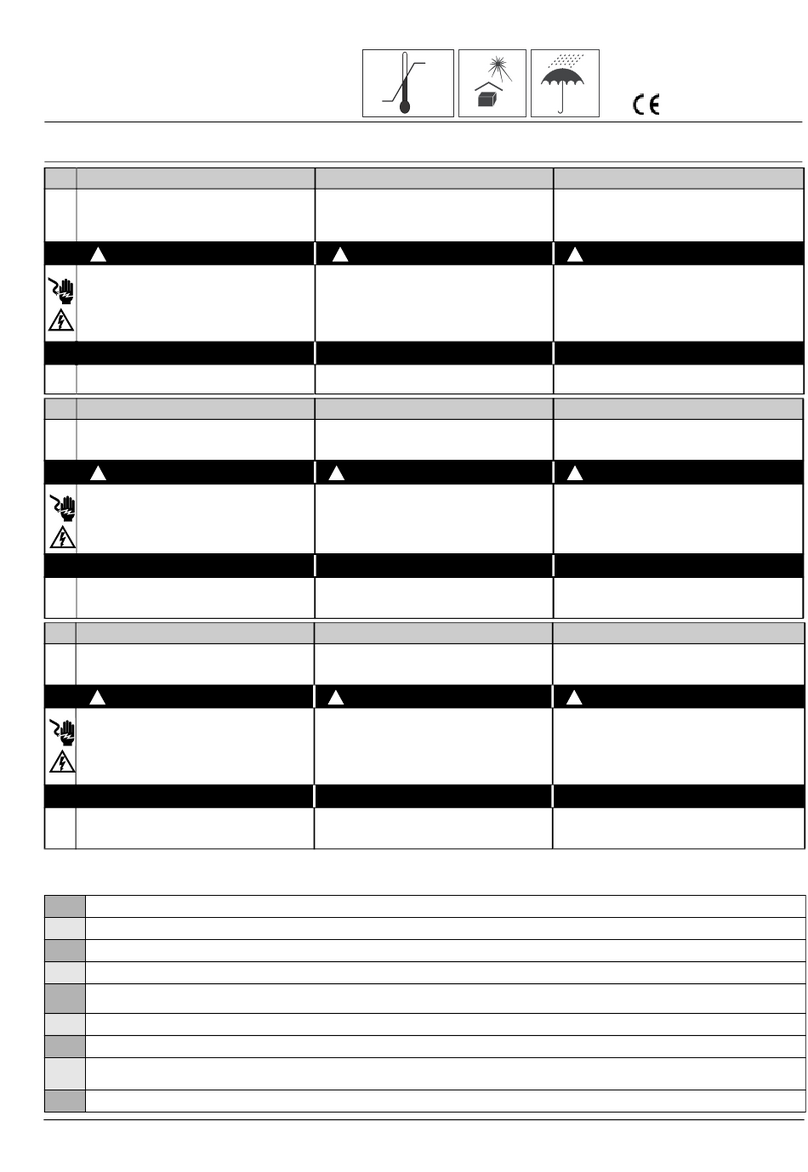
Siemens
Siemens SIVACON 8PS LR installation instructions
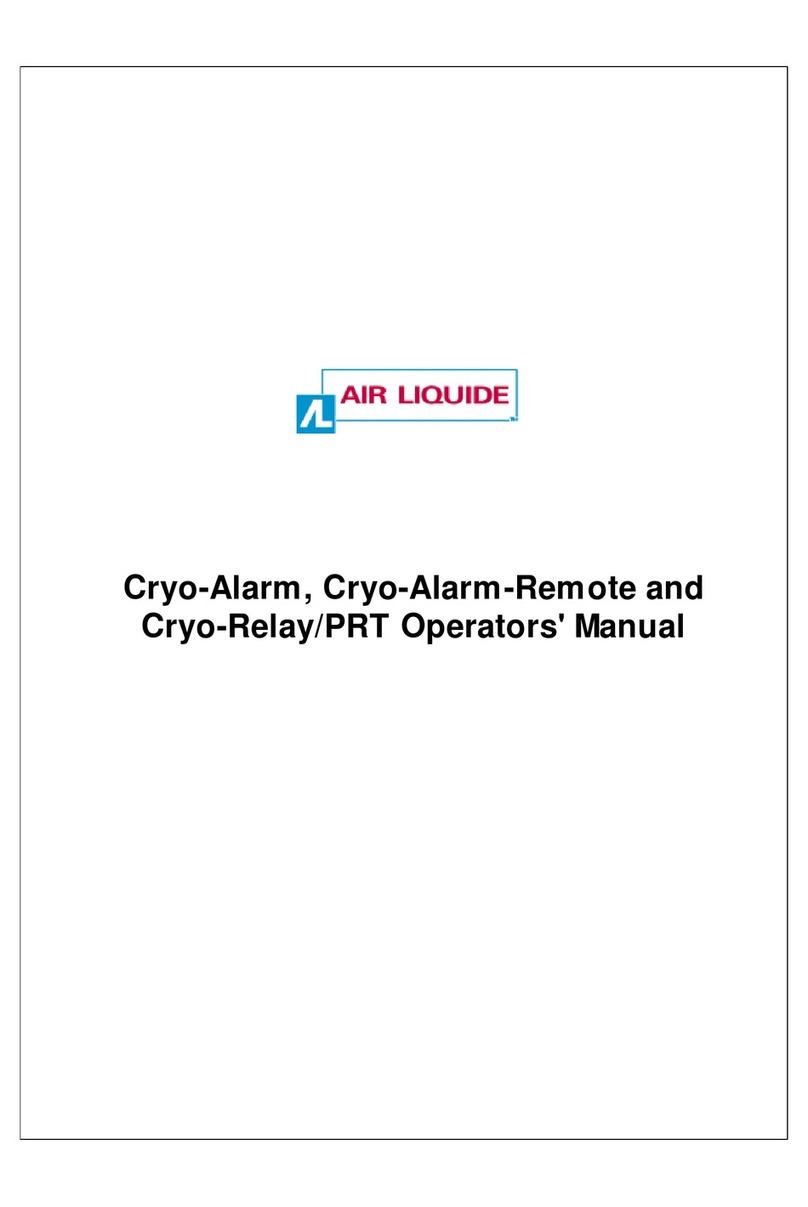
Air Liquide
Air Liquide Cryo-Alarm Operator's manual
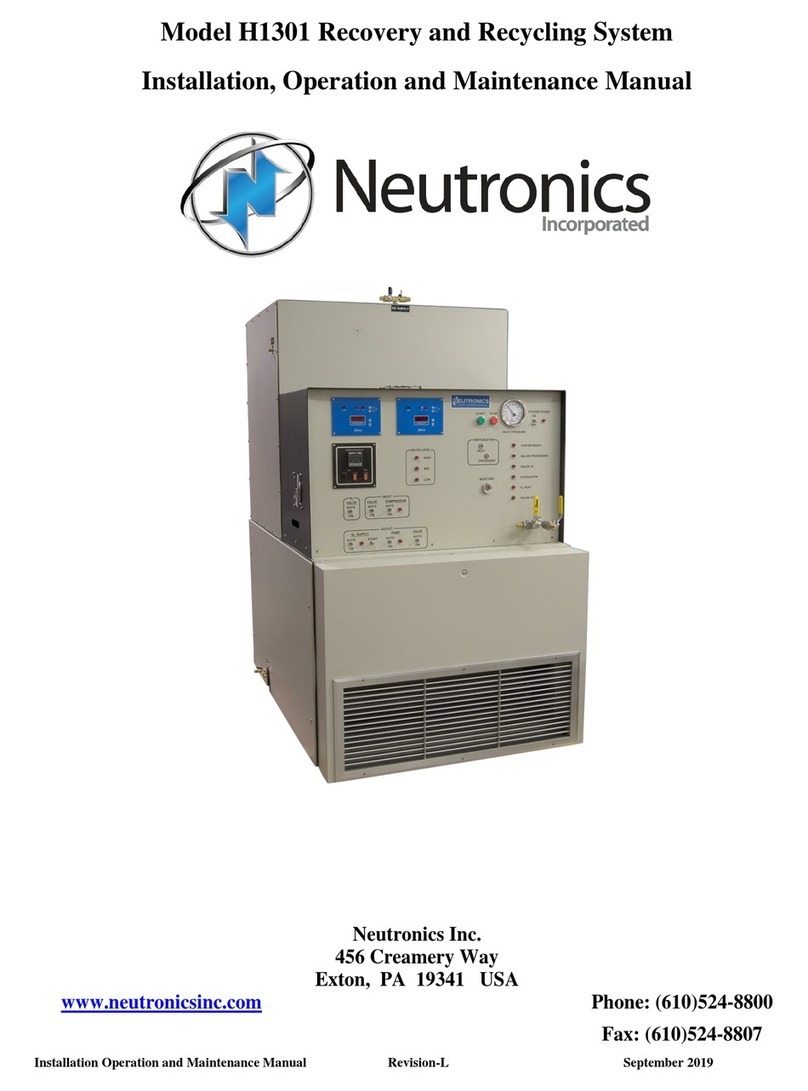
Neutronics
Neutronics H1301 Installation, operation and maintenance manual
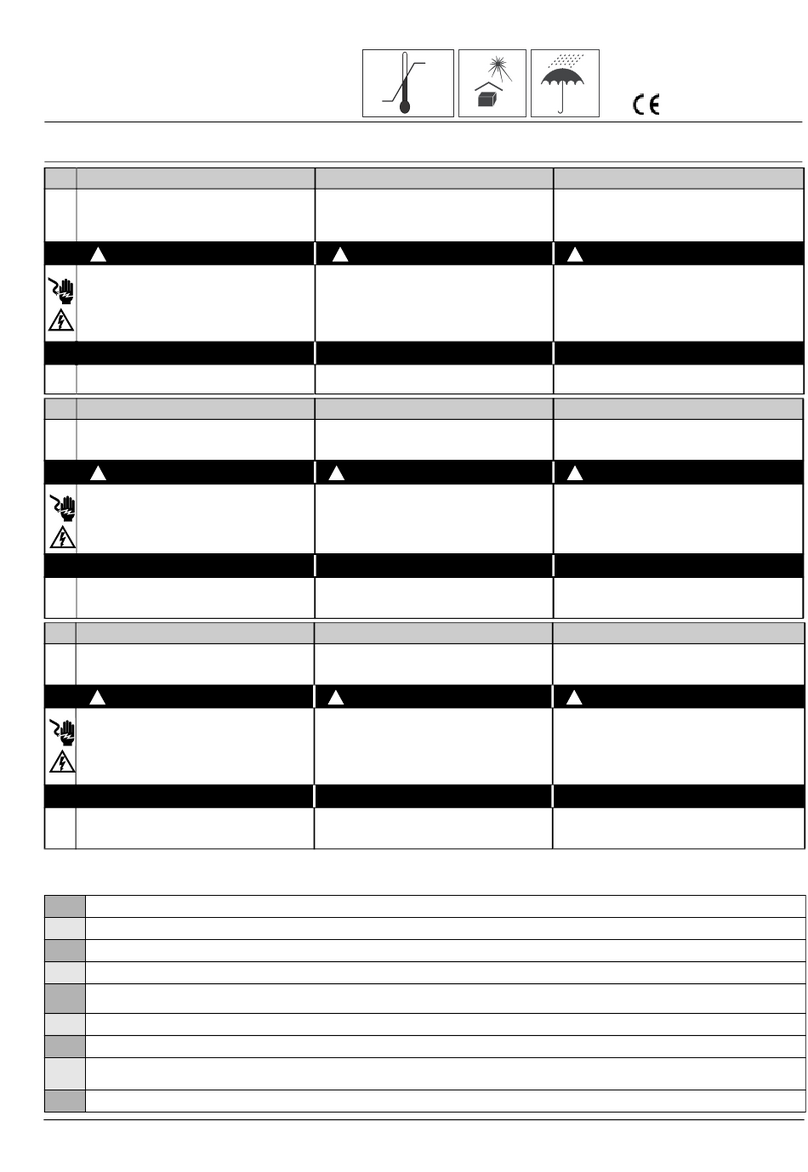
Siemens
Siemens SIVACON 8PS LX Series installation instructions
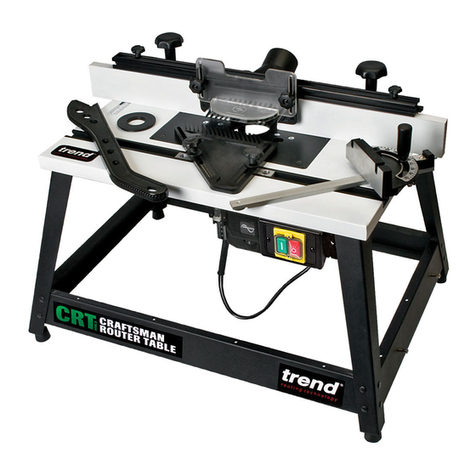
TREND
TREND CRT/MK3 Original instructions
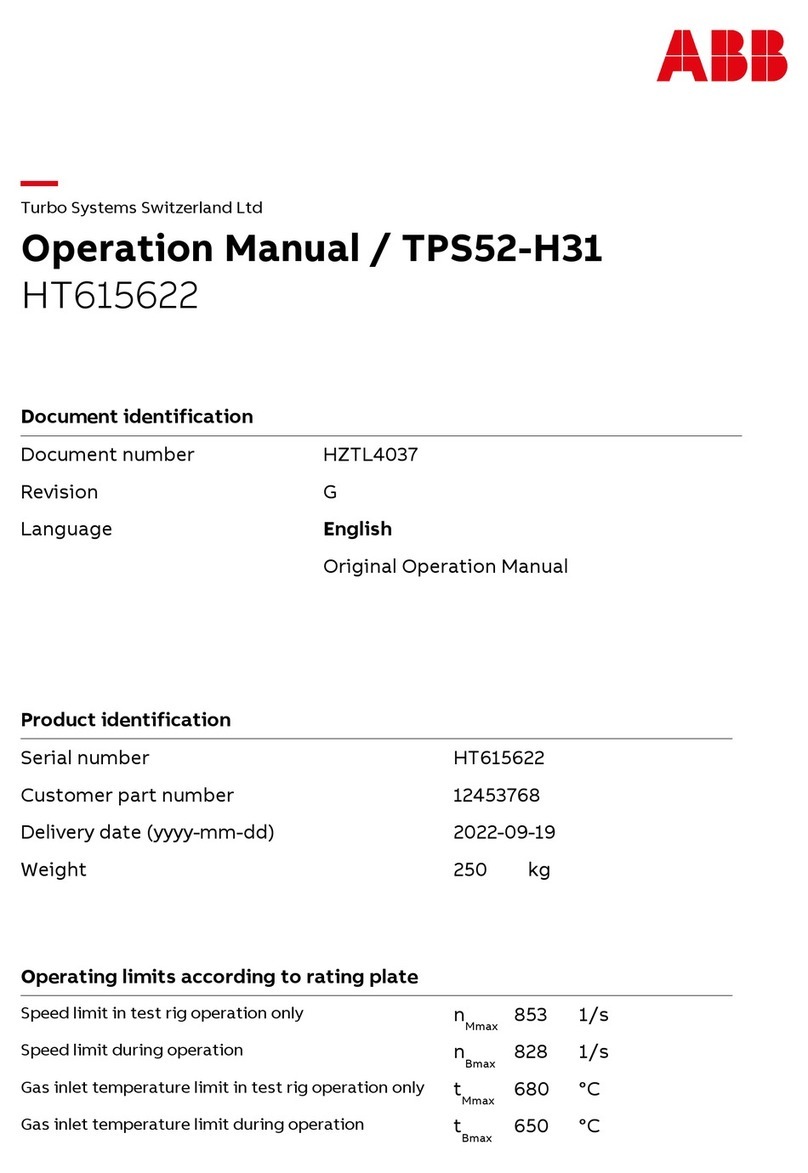
ABB
ABB HT615622 Operation manual

